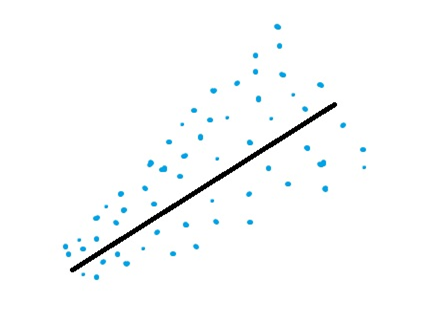
Feature engineering techniques in time series data
Abir Jameel
- October 17, 2023

Feature engineering in time series involves creating new input variables from the existing data to improve the performance of a predictive model. Common techniques include lag features (using past values), rolling statistics (like moving averages), and seasonality adjustments to capture patterns over time. Understanding the specific characteristics of your time series data is crucial for effective feature engineering.
- Lag Features: Incorporate past values of the target variable as features. For instance, include the value of the target variable from the previous time steps.
- Rolling Statistics: Compute moving averages or other rolling statistics to smooth out noise and highlight trends. This can involve techniques like rolling mean, rolling standard deviation, or exponentially weighted moving averages.
- Time-based Features: Extract information about the time, such as day of the week, month, or year. This can help capture seasonality or periodic patterns in the data.
- Seasonal Decomposition: Decompose the time series into trend, seasonality, and residual components. This helps in capturing and isolating different patterns present in the data.
- Difference Transformations: Take the difference between consecutive time points to make the time series stationary, which can simplify modeling.
- Autocorrelation Features: Include autocorrelation values to capture dependencies between the current value and its past values.
- Frequency Domain Features: Apply Fourier transforms or other frequency domain techniques to extract features related to periodic patterns.
- Time Window Statistics: Compute summary statistics (mean, median, etc.) within specific time windows to capture local patterns.
- Exponential Smoothing: Apply techniques like exponential smoothing to assign different weights to different time points, emphasizing recent values.
- Entropy Measures: Use entropy measures to quantify the uncertainty or disorder in the time series, providing additional information for modeling.
Always validate the effectiveness of these features based on the specific characteristics of your time series data and the goals of your modeling task, Happy Engineering Features!
About Author
Abir Jameel

Previous Post
Heteroscedasticity in Time Series
Recent Comments
Categories
Archives
- May 2024 (1)
- January 2024 (1)
- October 2023 (1)
- July 2022 (1)
- October 2021 (2)
Categories
- Advanced 1
- Beginner 2
- Intermediate 2
- Tech 2


